Mac OS X 10.7 was first shown to the public in October 2010. The presentation was understated, especially compared to the bold rhetoric that accompanied the launches of the iPhone ("Apple reinvents the phone") and the iPad ("a magical and revolutionary device at an unbelievable price"). Instead, Steve Jobs simply called the new operating system "a sneak peek at where we're going with Mac OS X."
Behind Jobs, the screen listed the seven previous major releases of Mac OS X: Cheetah, Puma, Jaguar, Panther, Tiger, Leopard, and Snow Leopard. Such brief retrospectives are de rigueur at major Mac OS X announcements, but long-time Apple watchers might have felt a slight tingle this time. The public "big cat" branding for Mac OS X only began with Jaguar; code names for the two earlier versions were not well known outside the developer community and were certainly not part of Apple's official marketing message for those releases. Why bring the cat theme back to the forefront now?
The answer came on the next slide. The next major release of Mac OS X would be called Lion. Jobs didn't make a big deal out of it; Lion's just another big cat name, right? Within seconds, we were on to the next slide, where Jobs was pitching the new release's message: not "king of the jungle" or "the biggest big cat," but the "back to the Mac" theme underlying the entire event. Mac OS X had spawned iOS, and now Apple was bringing innovations from its mobile operating system back to Mac OS X.
Apple had good reason to shy away from presenting Lion as the pinnacle that its name implies. The last two major releases of Mac OS X were both profoundly shaped by the meteoric rise of their younger sibling, iOS.
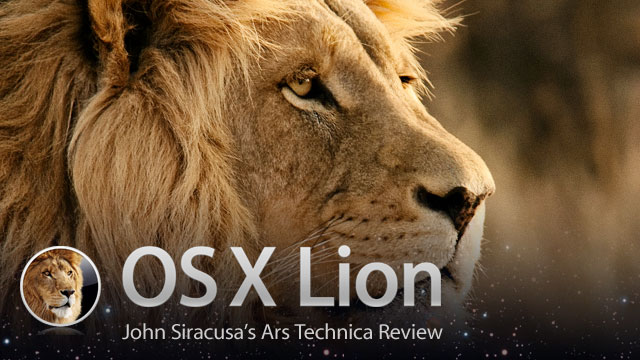
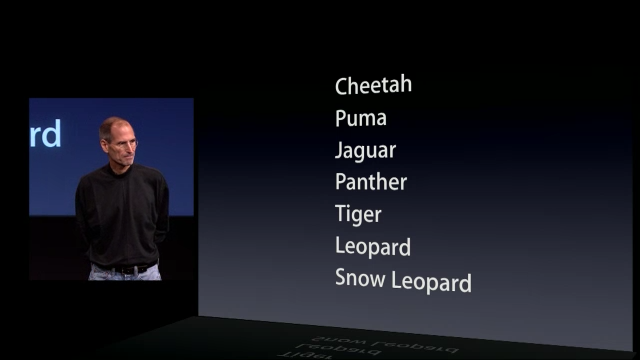
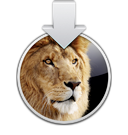


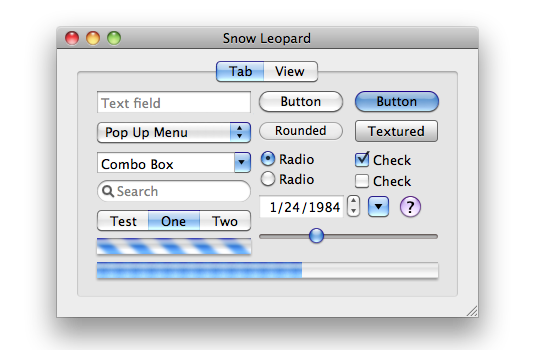
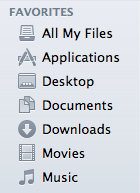







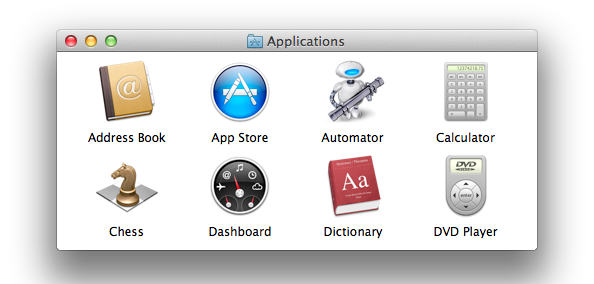
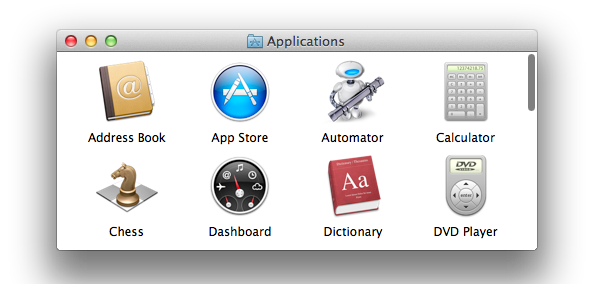






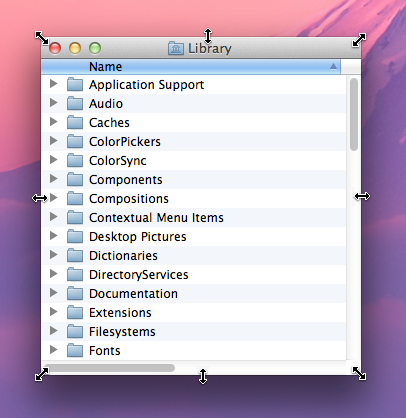






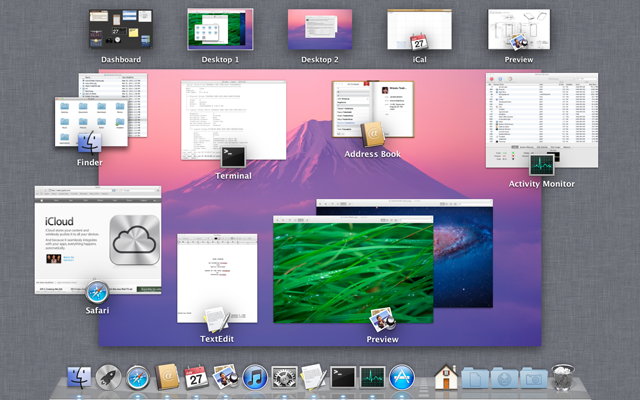
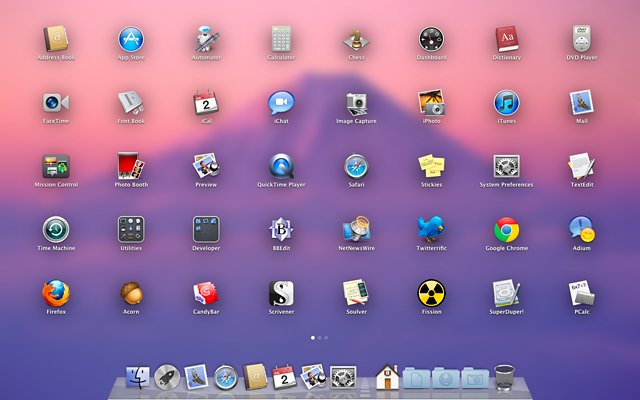

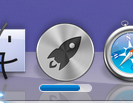






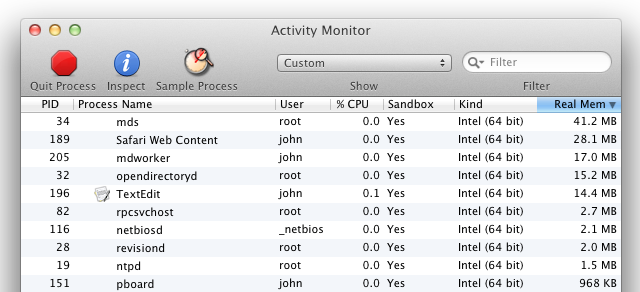




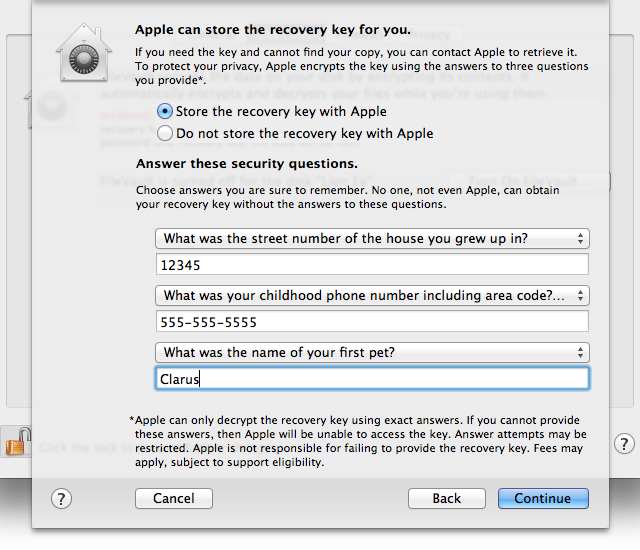


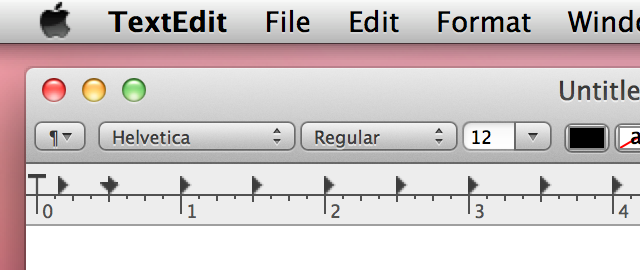

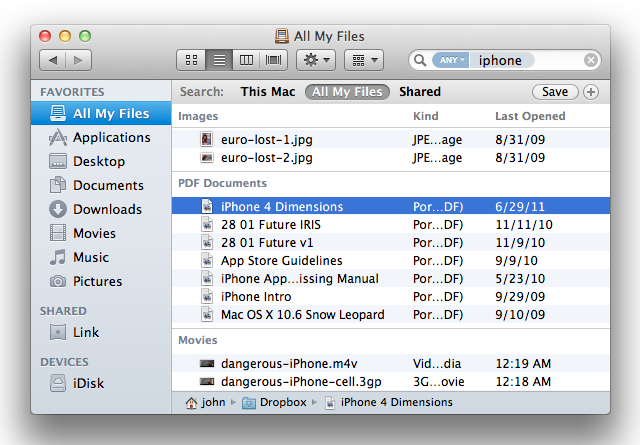
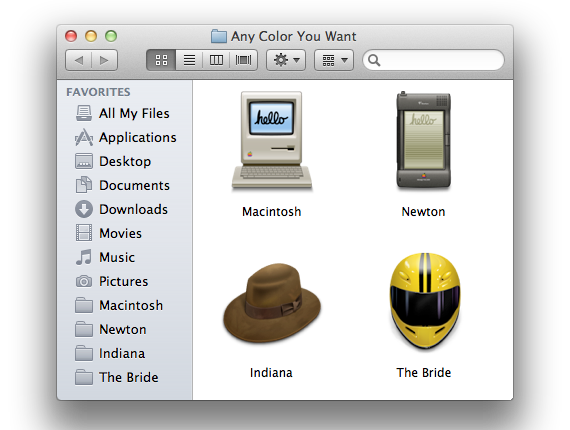





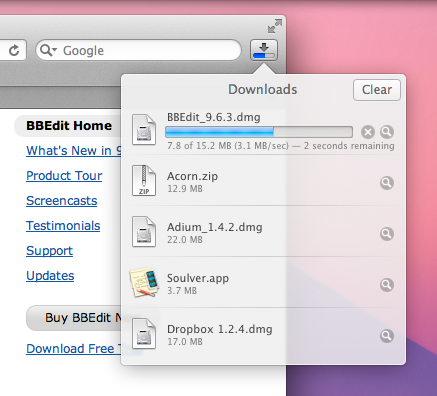

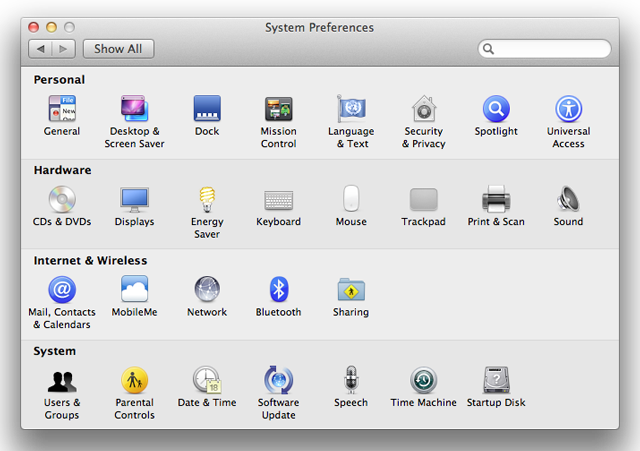



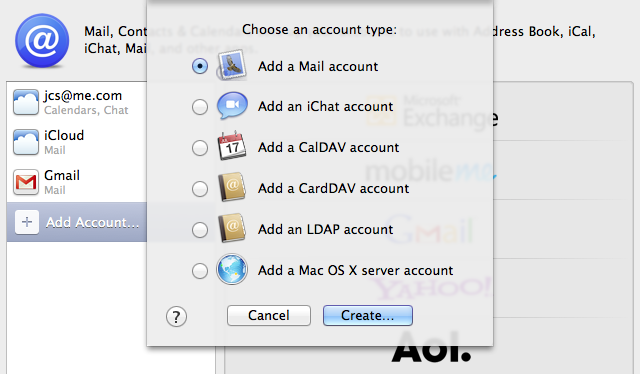
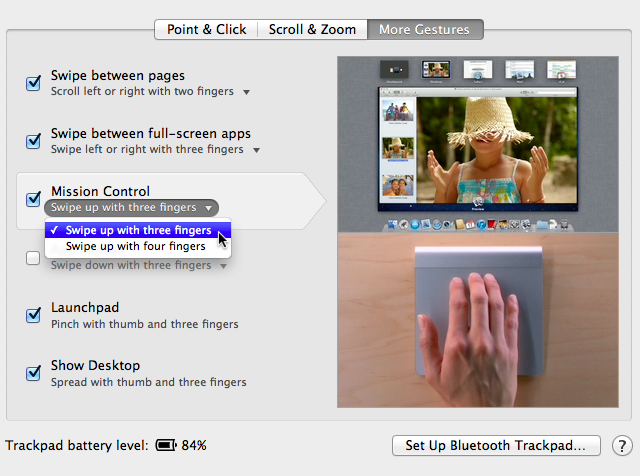
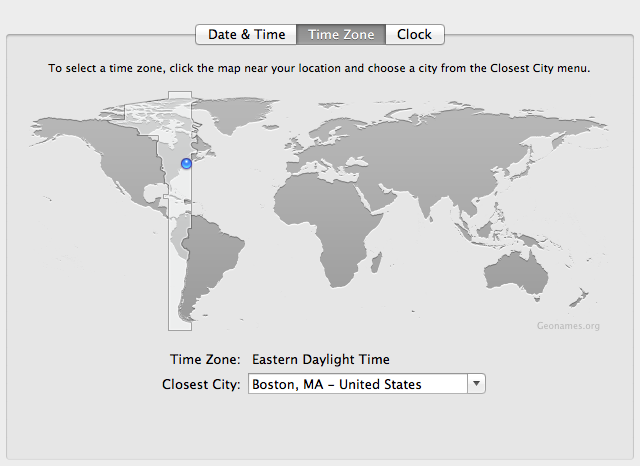


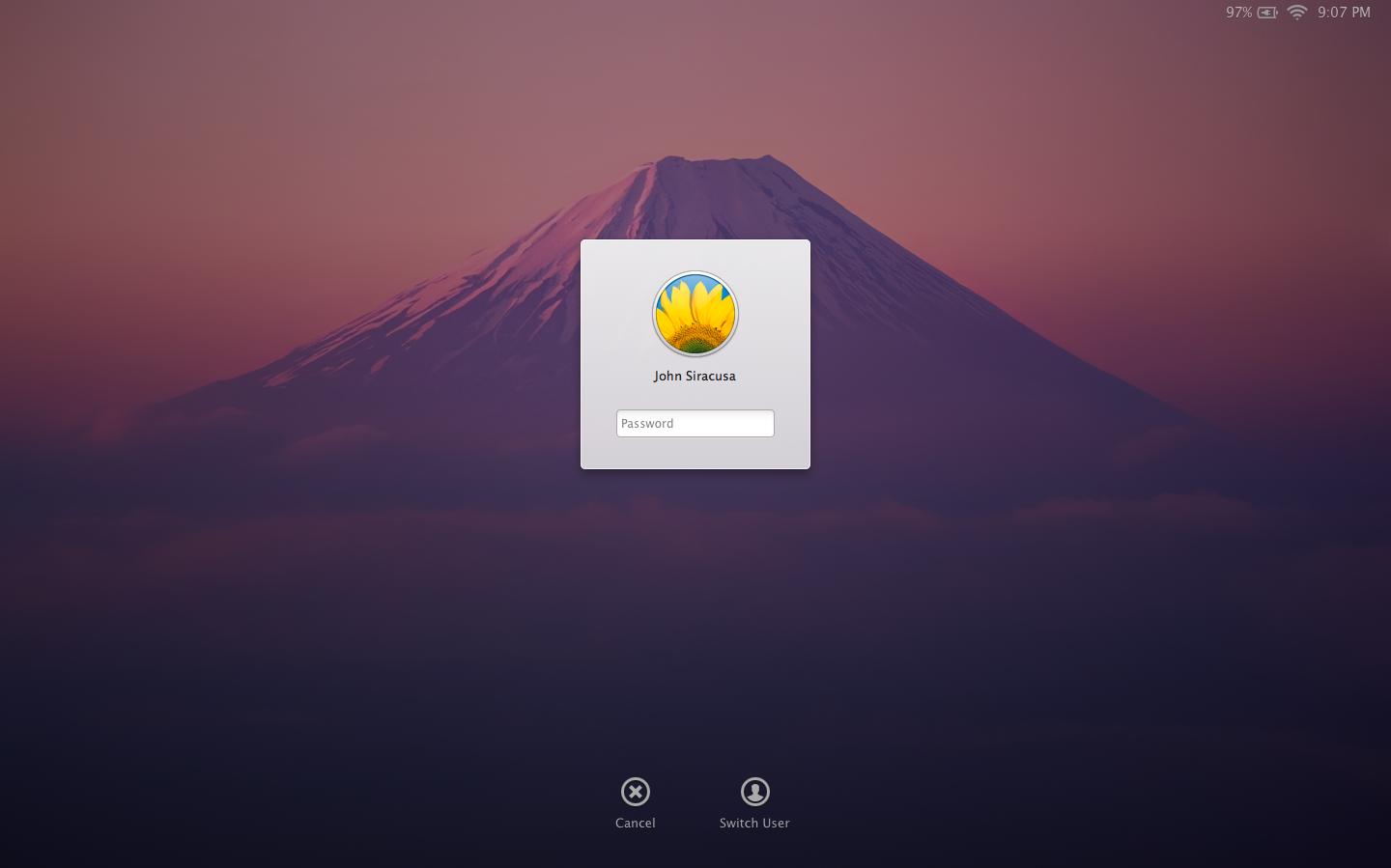


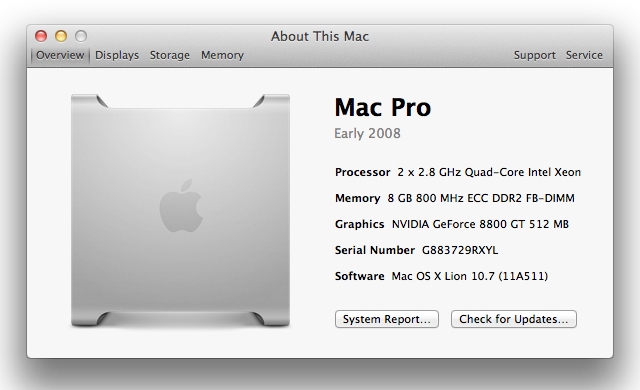


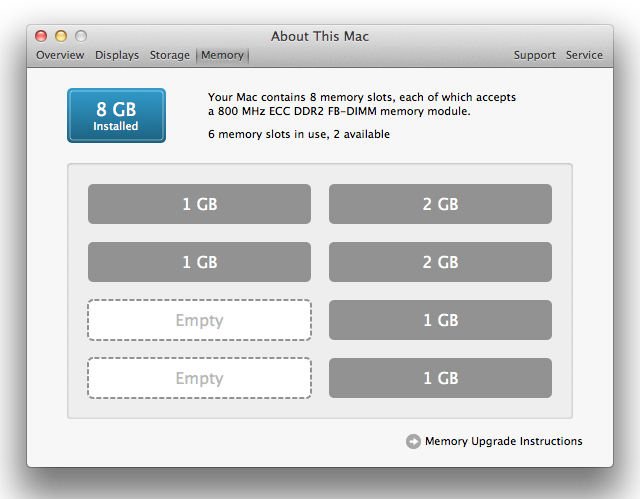
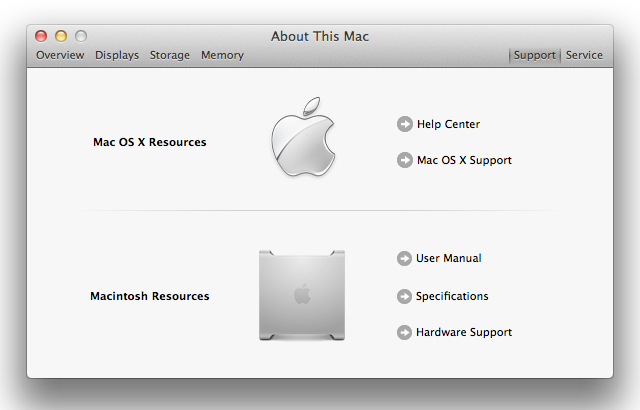


 Loading comments...
Loading comments...
